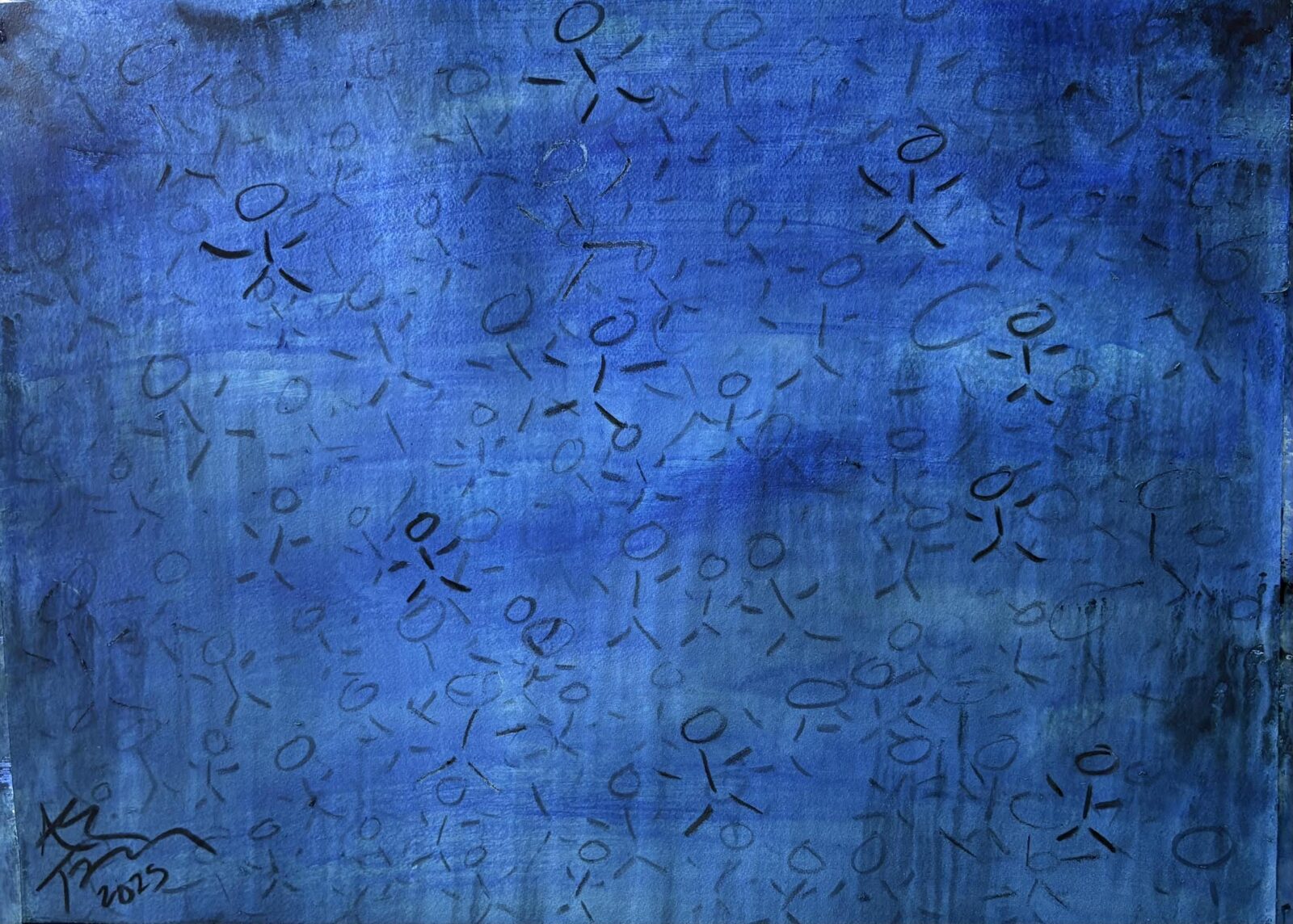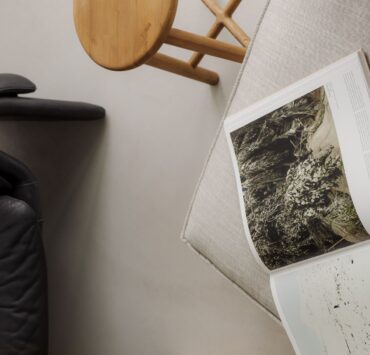There is a seminal difference between humans and AI. In fact, one of my favorite poets, Gerard Manley Hopkins, destroyed much of his poetry before he died. Hopkins did not feel his poetry was in the service of God. And yet, he would create because he could not help but create, just as we artisans cannot help but mold something grand with our hands.
AI is built not to create, but to mimic creation, like a doll mimics a newborn. In Hopkins’ poem “God’s Grandeur,” he writes,
“Generations have trod, have trod, have trod:
And all is seared with trade; bleared, smeared with toil;
And wears man’s smudge and shares man’s smell: the soil”
Artisans smear their scent, toil, perspiration, oil, and energy into each item created. We, as humans, care. We strive for beauty in our creations. We put a piece of ourselves in everything we make. The digital, AI machine world is not capable of what I described above. AI would never destroy graceful poetry because it did not serve its beliefs. It would never sacrifice a piece of itself to embed in its art because AI does not have the feelings we humans mull, toil, and moil over through time and creation.
Programming is not the same as nature and the heredity inherent in humans. Yes, AI is moving and improving at a rapid clip. In five to ten years, the digital world may be capable of “feeling,” though I still doubt the feelings will in any way be as piercing as those of humans. Humans are irrational beings. We are even unreasonable in our lack of rationale. AI will always have a scent of logic that makes the feeling oozing from humans impossible for the digital creations to duplicate.
Now, how can digital aids assist the artisan? The opportunities are endless, though I do suggest proceeding with caution. Ever since a human picked up a rock to break open a nut, we have used tools. It should be used as just that: a tool. Digital tools help us design and create art, poetry, furniture, lighting accessories, homes, and office buildings. This has been the case for more than half a century. Humans discover the vision. AI can be used as a guide or even an idea generator. It cannot, however, be a creator in the way humans create. There is no “soul” in AI.

Let’s consider one example. I have included a simple painting with this editorial. Many may know that Rothko is one of my mentors as a painter, and so is Basquiat. The painting below, created on Arches Watercouler paper, consists of the intuition I have gained from each artist filtered through my psyche over the decades. I titled this series Carpe Diem. I have been creating these pieces since 2002. I love them. They are happy and full of faith in humanity. I believe we all exist as one on this planet. I think that we are at our best when we are layered, woven together in a harmonious society. Can AI create the painting above? Maybe if I uploaded it and asked it to copy my work. Will it feel just like mine? Unlikely. My hand did not create it. Will digital creation be imbued with the human content I have described in this paragraph? Impossible.
Fear not, dear artisan. Your toil and mission are not in vain. I create because I have no choice. I am compelled to paint, write, and sand the top of an item of furniture to a subtle and soft finish, as I’m sure you are in some capacity. Each movement and scrawl of my hand is a decision, as is yours. Thousands of natural, hand-manifested decisions go into each piece of poetry, art, and furniture I create. The layers are intimate. My sweat, toil, frustration, and fingerprints are imbued and woven into each item I make. As for poetry, that has the thumbprint of my mind, soul, body, and faith.
Artisans, as we inevitably move forward in the digital age, we continue to create. We must! I submit that all those brave enough to dedicate their lives to the path of artists are welcome to walk with us. Use digital AI and machines to assist in your creations but always remember that you are the visionary and creator. Rest assured that a machine will never take that away.
Austin Allen James is a Visiting Professor at Texas Southern University in Houston, TX. He has taught at TSU since the Fall of 2012. In 2016, Austin and colleagues formed a committee to create a “Professional Writing” concentration, which includes five creative writing classes. Austin is also a visual artist, sculptor, and home/object designer. Austin's undergrad degree is from Southwestern University in Georgetown, TX, and his Master of Fine Arts in Poetics is from Naropa University in Boulder, CO. His MBA is from the University of Dallas in Irving, TX. Austin actively writes poetry and submits poems weekly to journals. He is working on a book of collected poems, which is expected to be published in early 2026.



